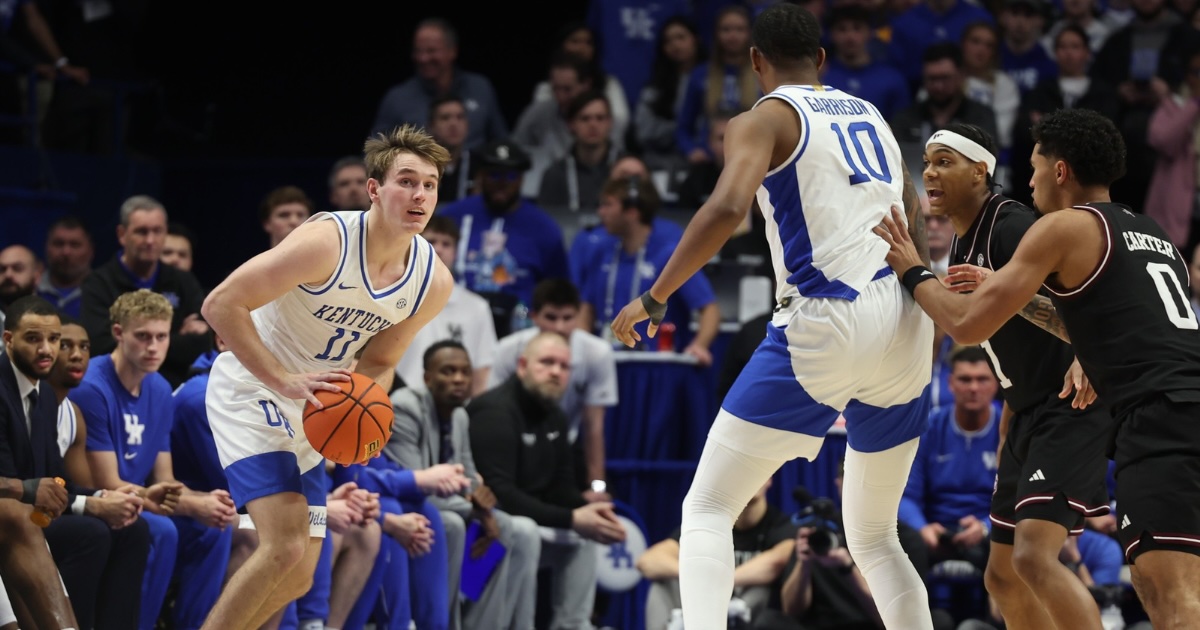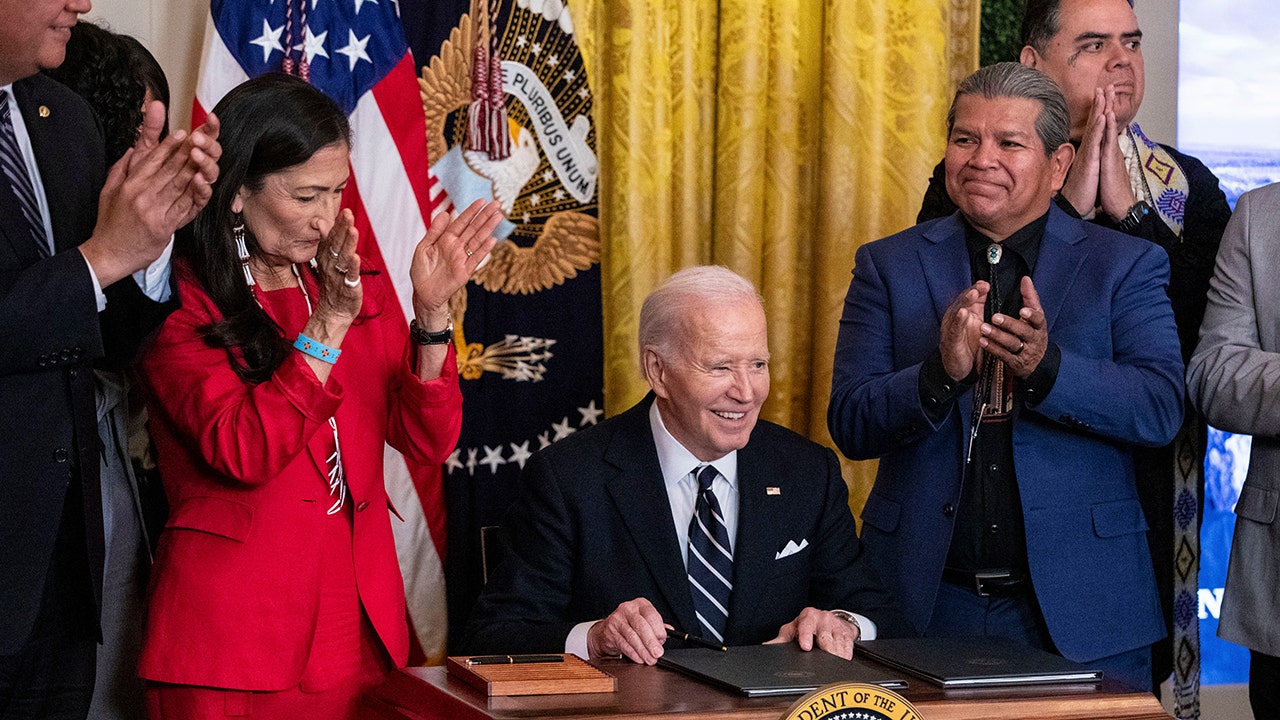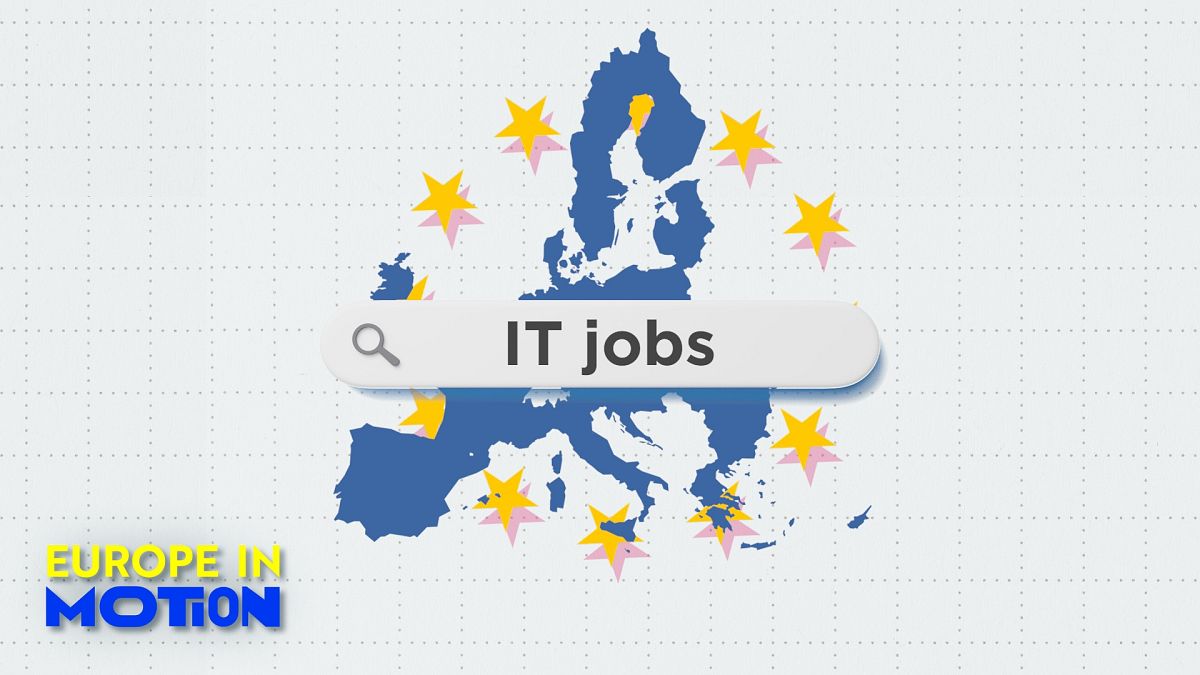Lifestyle
For this brain surgeon, the operating room is 'the ultimate in mindful meditation'

“Everything that we are as human beings is in our brain,” Dr. Theodore Schwartz says.
Brian Marcus
/Penguin Randomhouse
hide caption
toggle caption
Brian Marcus
/Penguin Randomhouse
Neurosurgeon Theodore Schwartz still remembers the first time he witnessed brain surgery in person. He was in medical school, and the surgeon sat in a special chair that was designed to hold the arms up while they worked under a microscope.
It reminded Schwartz of the way an astronaut looked in the cockpit of a spaceship — except, he says, “[The surgeons] were traveling into the microcosm of the brain instead of traveling into the macrocosm of another planet.”
“When I first saw that, it was nothing but awe and excitement and the fact that they were doing it to help another human being and going into the brain and the mind,” Schwartz says. “Everything that we are as human beings is in our brain.”
Schwartz has since spent nearly 30 years treating people with neurological illnesses. When he was first getting started, he worried about keeping his hands and body steady during long surgical procedures that might stretch on for hours. But he says over time he’s trained his body to enter what he describes as a surgical “flow state.”

“It’s sort of the ultimate in mindful meditation,” he says. “The external world does not exist for that period of time. And the same is true of your bladder. … And then at the end of the operation, You kind of realize, ‘Oh my goodness, I have to go to the bathroom. I’m tired, my neck hurts, my back hurts.’”
Schwartz writes about the past, present and future of neurosurgery in his book, Gray Matters: A Biography of Brain Surgery. He notes that while traditional brain surgery involves opening up the side of the skull, the practice of “minimally invasive brain surgery” — whereby the brain is accessed via the nose or by the eye socket — has become more mainstream over the course of his career.
“We can do surgeries now by making a small incision in the eyelid or the eyebrow and working our way around the orbit in order to get to the skull base,” he says. “And that allows us to get to these very delicate parts of the brain much more quickly, and without disrupting as much of the patient’s anatomy so that they heal much faster.”
When it comes to brain health, Schwartz recommends the basics: exercise, a healthy diet and plenty of sleep. “And besides that, I don’t know that we really know what we can do to keep our brains healthy. So that’s the recommendation I would give,” he says.
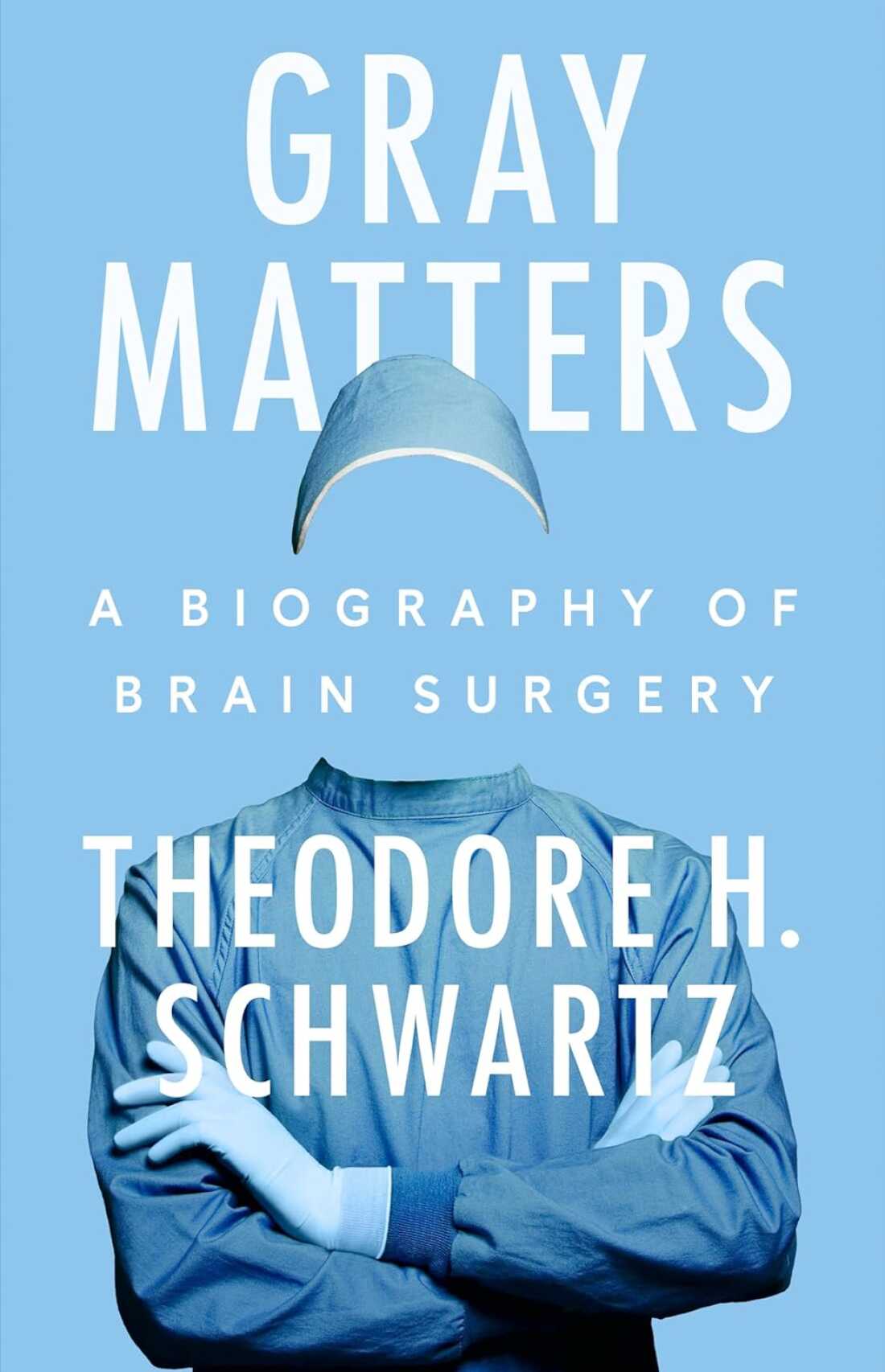
Gray Matters, by Theodore Schwartz
Penguin Random House
hide caption
toggle caption
Penguin Random House
Interview highlights
On the need for power tools for such delicate surgery
We think of brain surgery as something that’s very fine and delicate … but the brain is housed in the skull, and the skull is very, very strong. And that’s what protects our brains from injury. And so part of what we have to do as brain surgeons is first get through the skull. And that work is often very physical and involves drills and saws in order to get through the bone. We obviously do it very carefully, because the trick is to get through the bone and not damage the underlying contents. But we have to use power tools, and that’s how we start out every operation, with saws whirring and buzzing and making noise and sort of bone smoke going in the air before we transition to the careful, delicate microsurgery that we do after that.
On trying a new method of surgery when the stakes are so high
You realize the gravity and the importance and the significance of the fact that this other person’s life is in your hands and you’re trying something on them that you think will be better, for sure, but you’re not sure yourself of your own ability because you haven’t done it 100 times. And that’s really terrifying. And it’s something that we have to deal with as neurosurgeons. Not just when we try something new, but essentially every time we do an operation, we’re taking on that enormous responsibility of another human being’s life.
While the majority of our surgeries go extremely well, occasionally they don’t. And when that happens, it weighs on you tremendously. And it affects how you think about all the subsequent cases that you’re going to do that are similar, because you never forget those cases that didn’t go quite the way you wanted them to go.
On relieving pressure in brain by cutting a hole in the skull

One of the most common surgeries that neurosurgeons do is head trauma. And head traumas are very common. But these are neurosurgical emergencies. Anyone who has hit their head severely enough, they will have swelling in their brain. And we can now save these people’s lives just by opening up the skull. Because as the brain swells, if it has nowhere to go, that’s when the pressure goes up. So neurosurgeons can go in very quickly and remove part of the skull, and let that pressure out and then put the skull back, maybe, two or three weeks later, or maybe even a few months later when the swelling has gone down and we can save lots and lots of lives that way.
On how the field of neurosurgery is changing
One of the things I love is that, some days or weeks I’ll come in and I’ll be training a fellow and we’ll go through six, seven, eight operations and I’ll tell them, all these operations that we just did together, I didn’t learn how to do any of these in my training 25 years ago. They’re all completely new operations. And that’s a wonderful thing about a field like brain surgery, is that we are constantly applying new technology and the field is changing and you have to stay up to date, but it also keeps you active. It keeps you thinking. You’re constantly working with engineers and people in other fields to figure out what’s the latest technology going on in, you know, oncology and orthopedics and OB/GYN that we can apply to neurosurgery? To try to make what we do better.
On seeing his father’s stroke and aphasia when he was in residency
It was just this profound moment of seeing my father’s brain appear before me and fearing I was going to see a problem. And sure enough, there was this sort of dark spot which I know to be a stroke, and he had had a horrible stroke that took away his ability to speak. As a result of the surgery he had, and unfortunately passed away a few weeks later. But it was just [a] devastating experience for me. And as much as I know about the brain, I knew too much about what was going on. I also knew that at that moment in time, there was nothing we could do for him.
On the union of the brain and the mind
I think everything that a human being experiences, in the external world and the internal world is all your brain. I think that’s all that there is. I don’t think there’s some mystical second substance called “mind.” … We think the mind and the brain are different things because it’s built into our language. It’s how we talk about the mental world around us. We were raised speaking a language with words that refer to things that may not exist in the real world — and one of those things is mind. … I do not think we have as much agency over what we do, if any. And I think the brain is processing information, below our radar, unconsciously, subconsciously, whatever you want to call it, and creating behaviors. And we are just along for the ride to some extent.
Sam Briger and Joel Wolfram produced and edited this interview for broadcast. Bridget Bentz, Molly Seavy-Nesper and Carmel Wroth adapted it for the web.

Lifestyle
Neil Gaiman has responded to sexual misconduct allegations

Neil Gaiman attends the 73rd National Book Awards in November 2022 in New York City.
Dia Dipasupil/Getty Images
hide caption
toggle caption
Dia Dipasupil/Getty Images
Neil Gaiman, one of today’s most influential and commercially successful novelists, has been accused by multiple women of sexual misconduct. The author has denied the allegations. This is what you should know.
- Gaiman’s books include the graphic novel The Sandman, the children’s novella Coraline and a novel he co-wrote with Terry Pratchett, Good Omens. The British author has won prestigious literary honors, including multiple Hugo, Locus and Nebula awards and the John Newbery Medal. His works have inspired movie and TV adaptations. Time magazine included him in its list of the 100 Most Influential People of 2023.
- The sexual misconduct accusations, stretching back decades, first became public in the summer of 2024 in a six-episode series from Tortoise Media called The Master: The Allegations Against Neil Gaiman. In the podcast, five women accused the writer of unwanted sexual behavior, some of it alleged to be violent in nature. Gaiman denied the accusations. No charges have been filed. The podcast included interviews with the women, plus what it said were WhatsApp messages and phone call recordings between Gaiman and two of his accusers. In one conversation, Gaiman allegedly says he “obviously f*** up” and offers to pay an accuser, who goes by the name “Claire,” $60,000 to cover the cost of her therapy. NPR has not been able to independently verify the recordings because “Claire’s” identity is not public.
- More women have now accused Gaiman of sexual misconduct in a New York Magazine cover story published Monday. Some of the alleged behaviors include violent sexual assault and sexual misconduct that occurred while his young son was in the room. Gaiman has denied this. Gaiman’s accusers are adults, but much younger than the author, 64, including one who is nearly 40 years his junior.
- Gaiman responded to the allegations on Tuesday in a lengthy post on his website. Gaiman wrote that he watched the news of the allegations “with horror and dismay”: “As I read through this latest collection of accounts, there are moments I half-recognise and moments I don’t, descriptions of things that happened sitting beside things that emphatically did not happen. I’m far from a perfect person, but I have never engaged in non-consensual sexual activity with anyone. Ever.” He also denied “there was any abuse.”
- Recent fallout has included the suspension of screen adaptations of Gaiman’s works. Deadline reported that Amazon will end production of Good Omens with a 90-minute final episode to be produced this year, instead of a full third season. “Gaiman contributed to the writing of the series finale but will not be working on the production and his production company the Blank Corporation is no longer involved,” Deadline said. Disney paused an adaptation of The Graveyard Book.
- Trade magazine The Bookseller reported that Gaiman hired the crisis management firm Edendale Strategies and lawyer Andrew Brettler, who has represented Danny Masterson and Prince Andrew. Neither party has responded to NPR’s request for comment.
Jennifer Vanasco edited this story. Beth Novey produced the web build.
Lifestyle
Upcoming Benefit Concert For L.A. Wildfires Gets Overwhelming Response From Artists, Bands

The upcoming benefit concert for Los Angeles wildfire victims will be exciting, engaging and will raise a ton of money … and big-name artists and bands are clamoring for a chance to help out.
TMZ has learned … there’s been an outpouring of interest from musicians who want to get involved … so much so, organizers are expanding the scope of this event.

We’re told more than 50 artists and bands have asked to participate … and right now, there are only 24 slots … though organizers are trying to add slots to accommodate the overwhelming response.
The benefit concert, dubbed FireAid, was first announced as being held at the new Intuit Dome in Inglewood, CA … but our sources say it will also be held at The Forum … which is just down the street. That’s how big this is getting.

We’re told the performances will also be live streamed.
The full lineup is still being finalized and we don’t have any names right now … but we’re told all of the performers are based in Los Angeles.
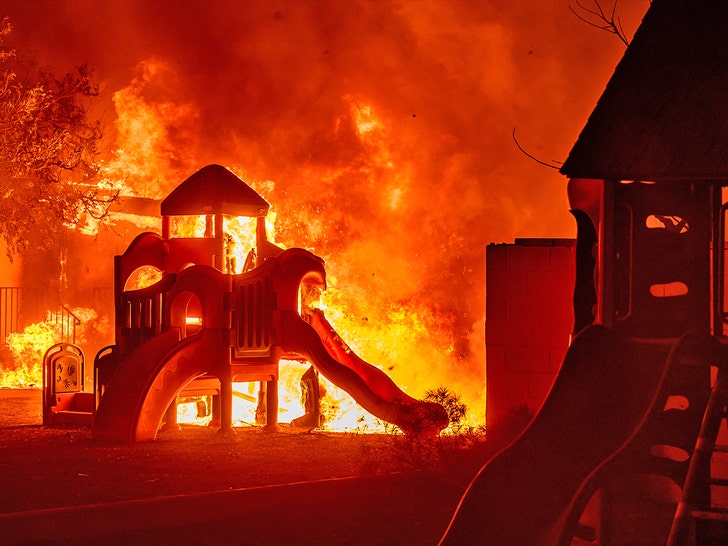
We do know Taylor Swift and Beyoncé — two of the biggest acts in music — will not be involved … but that’s fair, considering they aren’t really rooted in L.A. despite having homes here.
There’s a huge pool to draw from and this concert is going to be HUGE … and it’s going to help lots of folks who are starting from scratch.
TMZ.com
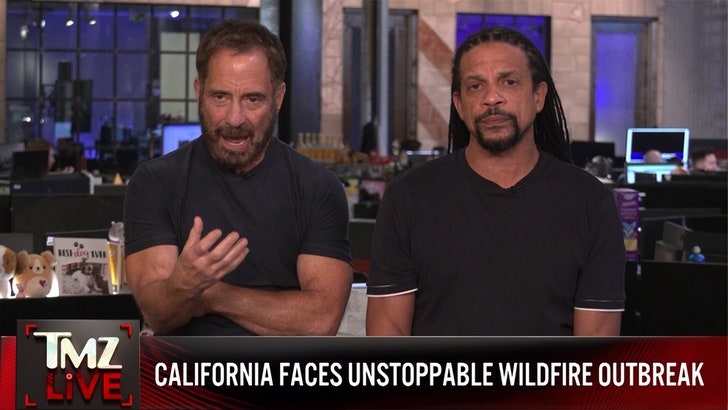
Thousands have been displaced by the Palisades and Eaton Fires and Los Angeles is now tasked with rebuilding over 12,000 structures lost in the inferno.
People lost their homes, their businesses, their cars and basically all of their possessions in the fire … and the rebuilding effort will be massive.
So too will this benefit concert.
Stay tuned!!!
Lifestyle
A Couple Kisses That Sealed the Deal

When Olivia Christine Snyder-Spak matched with Elias Jeremy Stein on Hinge in September 2021, she was a decade into online dating but had never found an ideal partner. “I had probably gone on at least a few hundred first dates, sometimes even doing two in a day,” she said.
Mr. Stein was less versed in internet matchmaking and had been on only a handful of dates over the previous year. “I wanted a serious relationship and decided to try the online route since meeting people in person during Covid was harder,” he said.
At the time, Mr. Stein, 35, was renting an apartment in Prospect Heights, Brooklyn; Ms. Snyder-Spak, 36, lived on Manhattan’s Lower East Side.
The two exchanged messages for a week about their shared love for cooking classes and art projects and exchanging funny stories. Then, Mr. Stein asked Ms. Snyder-Spak on a mini-golfing date.
When they met, in mid-September, at the Putting Green mini-golf course in Brooklyn, Mr. Stein was struck by Ms. Snyder-Spak’s energy. “She was super cute and seemed bubbly,” he said.
They played golf for an hour, chatting about their backgrounds and professions as they navigated the course. “We laughed a lot because Olivia kept hitting the ball far away from the hole,” Mr. Stein said. “The conversation was so good that I asked her for drinks afterward.”
They walked to the nearby Other Half Brewing, sat outside and continued talking over beers for the next several hours. “We were easy with each other, and it was clear we had clicked,” Mr. Stein said.
Eventually, it started to rain heavily. As they waited for their Uber rides, Mr. Stein asked Ms. Snyder-Spak if he could kiss her. “I said yes, and when he smooched me, it felt like a movie kiss,” she said, describing it as “very romantic.”
They settled into a dating cadence almost immediately, seeing each other several times a week for activities like sushi-making, comedy shows and museums. On Halloween, they went to Green-Wood Cemetery in Brooklyn. “The spookiness of a cemetery seemed fitting, and the fact that Eli felt the same way was a big sign that he was going to be a great teammate, down for whatever,” Ms. Snyder-Spak said.
A vacation to Turks and Caicos Islands in January 2022 solidified their commitment. “Our flight back got canceled because of bad weather and a staffing shortage, and the two we booked after that also got canceled,” Mr. Stein said. “We eventually ended up in Miami and got bumped on our flight home.”
Nevertheless, they had fun. “That’s when I knew that Olivia was the one.”
The experience made Ms. Snyder-Spak “realize that I wanted to do hard things together with Eli forever,” she said.
Mr. Stein grew up in Durham, N.C. He is a product manager on the software development team at Memorial Sloan Kettering in New York and the founder of Admissions Intelligence, a college admissions platform that uses artificial intelligence. He has a bachelor’s degree in international relations from Vassar College.
Ms. Snyder-Spak is from Woodbridge, Conn., and works as the director of nonfiction at the entertainment production company Topic Studios, in New York. She has a bachelor’s degree in film from Dartmouth.
After their Turks and Caicos trip, the couple began spending several nights a week at one of their two apartments. In July 2022, they began renting a place, which they’ve since bought, in Park Slope, Brooklyn.
Their bond grew as they decorated their home and traveled to places like Brazil, Portugal and Costa Rica. “My love for Olivia was getting stronger, and it was the right time to propose,” Mr. Stein said.
[Click here to binge read this week’s featured couples.]
On Dec. 13, 2023, during a nighttime picnic in Prospect Park, Mr. Stein asked Ms. Snyder-Spak to marry him as the Geminids meteor shower brightened the skies. As they kissed after she said yes, they caught a glimpse of a shooting star.
More than a year later, on Dec. 29, they wed on the front stoop of a Park Slope brownstone owned by Rabbi Yael Werber, a friend of the couple and the ceremony’s officiant. Rabbi Werber is affiliated with Congregation Beit Simchat Torah. Afterward, they walked to Mille-Feuille Bakery Cafe in Prospect Heights and indulged in three desserts.
In September, Mr. Stein and Ms. Snyder-Spak had hosted a six-day, pre-wedding celebration in Asheville, N.C., for 140 guests; it included activities such as solving a murder mystery, visiting local breweries and tubing down the French Broad River. The festivities culminated in a symbolic wedding ceremony on Sept. 1 at Yesterday Spaces, an event venue in Leicester, N.C.
“All my online dating before Eli was worth it because I found the guy I was looking for all along,” Ms. Snyder-Spak said. “I remember the hard work, but now everything feels like magic.”
-

 Health1 week ago
Health1 week agoOzempic ‘microdosing’ is the new weight-loss trend: Should you try it?
-
/cdn.vox-cdn.com/uploads/chorus_asset/file/25822586/STK169_ZUCKERBERG_MAGA_STKS491_CVIRGINIA_A.jpg)
/cdn.vox-cdn.com/uploads/chorus_asset/file/25822586/STK169_ZUCKERBERG_MAGA_STKS491_CVIRGINIA_A.jpg) Technology6 days ago
Technology6 days agoMeta is highlighting a splintering global approach to online speech
-

 Science3 days ago
Science3 days agoMetro will offer free rides in L.A. through Sunday due to fires
-
/cdn.vox-cdn.com/uploads/chorus_asset/file/25821992/videoframe_720397.png)
/cdn.vox-cdn.com/uploads/chorus_asset/file/25821992/videoframe_720397.png) Technology1 week ago
Technology1 week agoLas Vegas police release ChatGPT logs from the suspect in the Cybertruck explosion
-

 Movie Reviews1 week ago
Movie Reviews1 week ago‘How to Make Millions Before Grandma Dies’ Review: Thai Oscar Entry Is a Disarmingly Sentimental Tear-Jerker
-

 Health1 week ago
Health1 week agoMichael J. Fox honored with Presidential Medal of Freedom for Parkinson’s research efforts
-

 Movie Reviews1 week ago
Movie Reviews1 week agoMovie Review: Millennials try to buy-in or opt-out of the “American Meltdown”
-

 News1 week ago
News1 week agoPhotos: Pacific Palisades Wildfire Engulfs Homes in an L.A. Neighborhood

